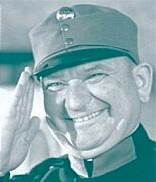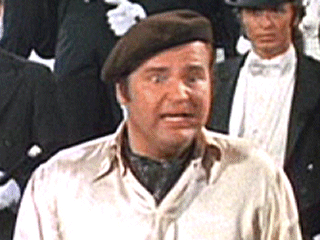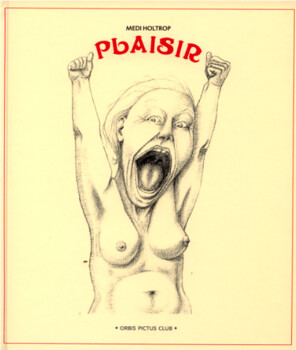RIP Mollie Sugden, 86, British actress (Are You Being Served?).
Mrs. Slocombe at the hairdresser’s
Mary Isobel Sugden (21 July 1922 – 1 July 2009) was an British comedy actress, known as Mollie Sugden, who is best known for playing Mrs. Slocombe in the popular and long running British sitcom Are You Being Served? from 1972 to 1985.
Are You Being Served? rarely left the store, and to parody the stereotype of the British class system, characters rarely addressed each other by their given names, even after work.
Mrs. Slocombe was the Head of the Ladies Department in a department store. She frequently died her hair unusual colours such as lime green or orange. Mrs. Slocombe’s husband left her and she lived with her cat, Tiddles, which she referred to as “my pussy;” this was the source of many a double entendre, most of which Mrs. Slocombe herself completely misses. It is often suggested that when she was younger she had quite a wild life and possibly even worked in a bar.
At various times, Mrs. Slocombe has (often while drunk) tried to flirt unsuccessfully with various members of the male staff.







